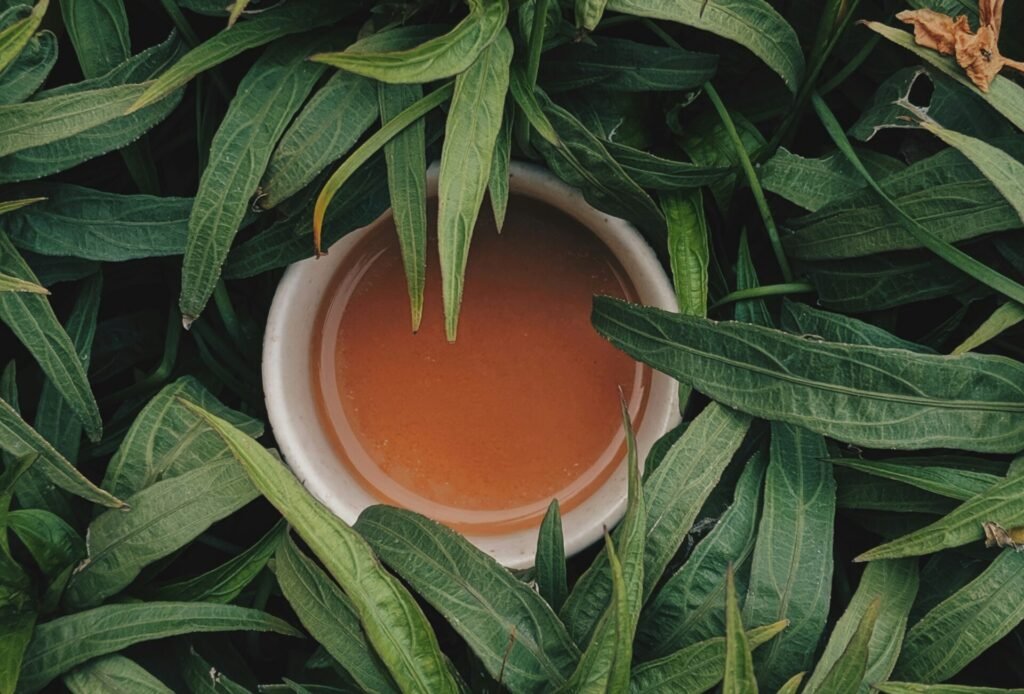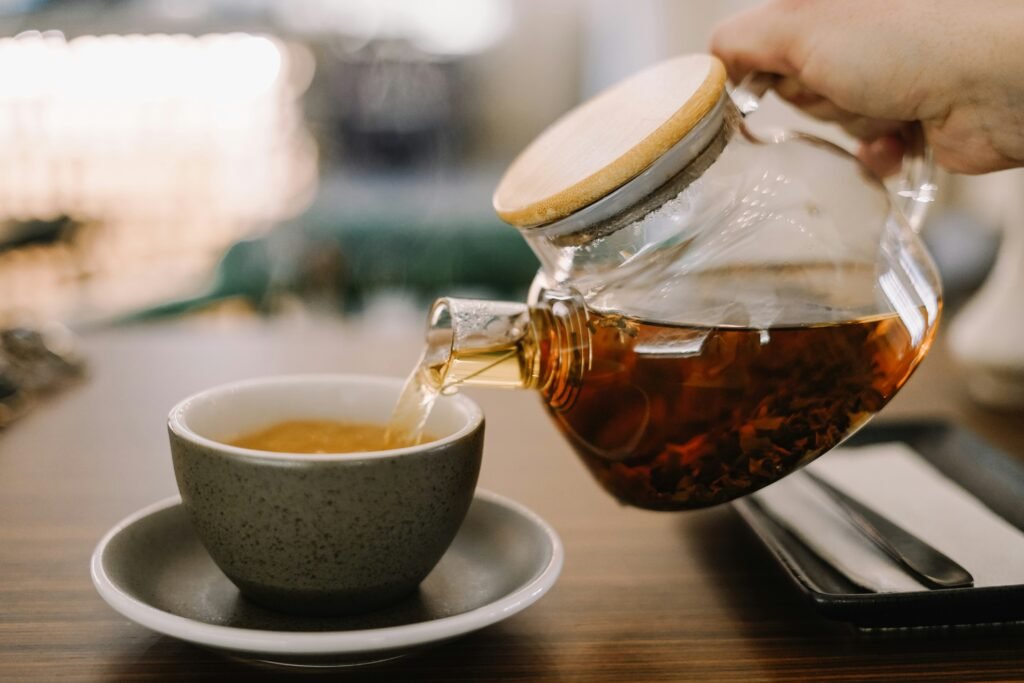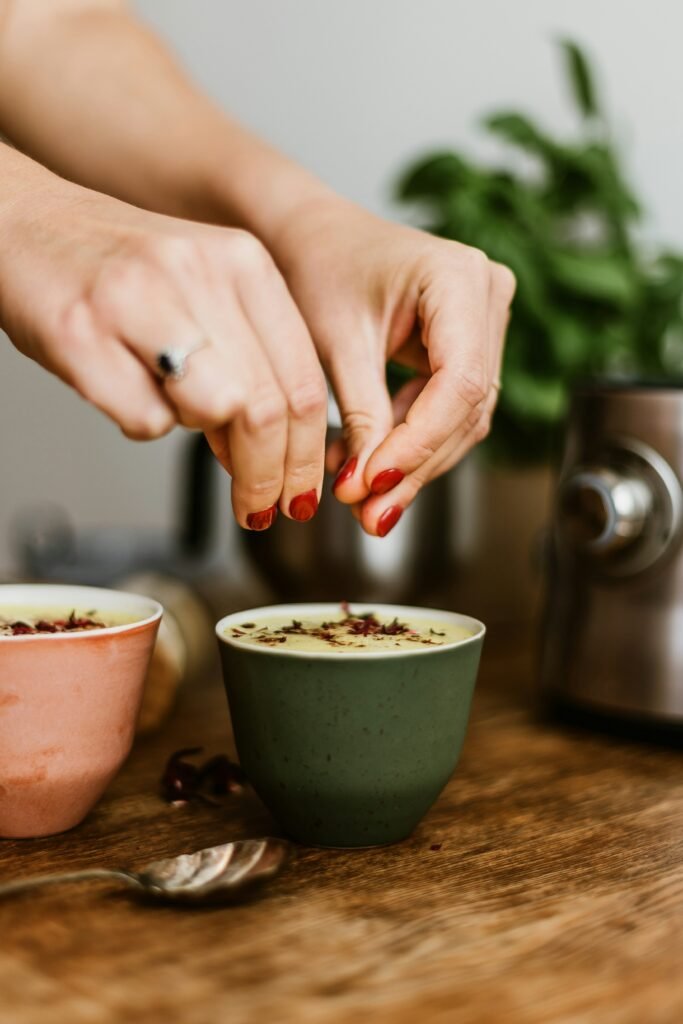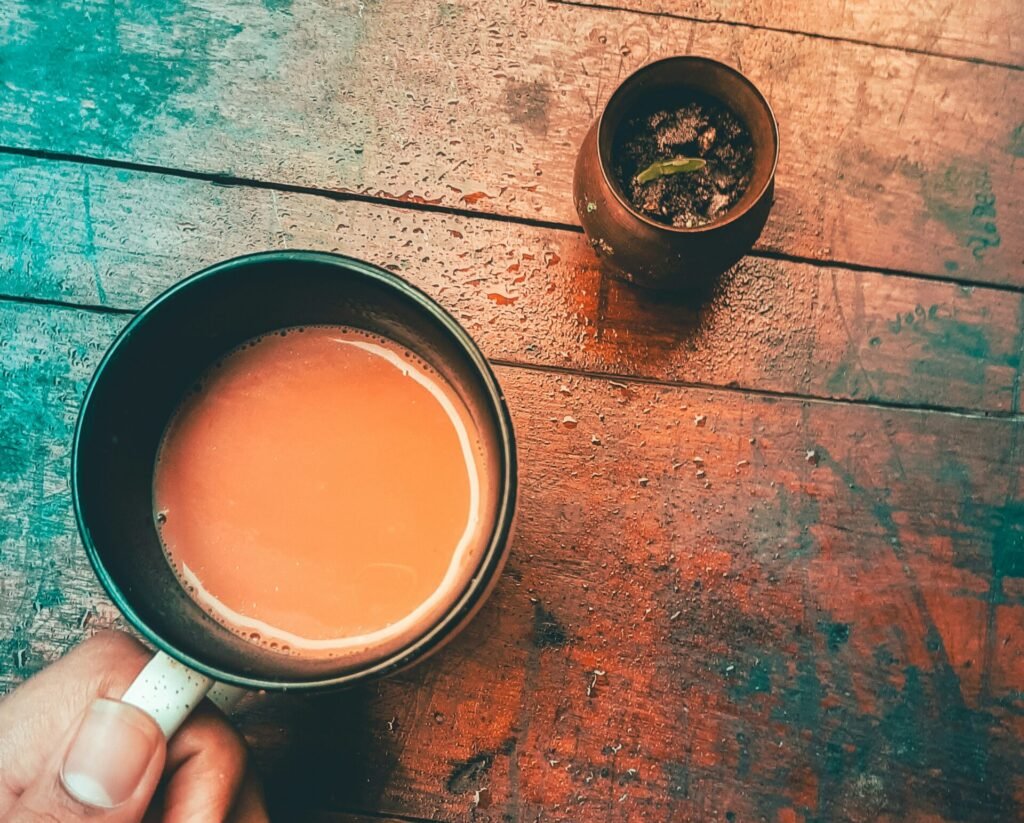Chai Tree Chronicles: Exploring the Essence of Chai
The first sip of chai on a rainy afternoon – the steam warming your face, the invigorating aroma that clears your head. It’s a moment of comfort, a delicious pause in the day. But have you ever stopped to consider the origins of this beloved beverage? Sure, we know about the fragrant spices, but what about the humble black tea leaves that form the base of every cup? Enter the enigmatic “chai tree.”
While the term “chai tree” might conjure images of a mythical plant overflowing with chai spices, the reality is even more fascinating. This article delves into the true identity of the “chai tree” – the Camellia sinensis, the unassuming yet crucial player in the world of chai.
The Camellia Sinensis: A Journey from Leaf to Cup

The Camellia sinensis, a small evergreen shrub native to Southeast Asia, is the foundation of all true teas, including black tea, green tea, and white tea. Cultivated for millennia, this resilient plant thrives in warm, humid climates with well-drained soil. India, with its diverse geography and ideal growing conditions, boasts vast plantations dedicated to the cultivation of the Camellia sinensis.
The magic lies in the processing of the leaves. Black tea, the heart of most chai blends, undergoes a process of withering, oxidation, and drying. These steps transform the fresh green leaves into the dark, robust brew we know and love. The oxidation process, in particular, is responsible for the characteristic black color and strong flavor of black tea.
But the Camellia sinensis offers more than just a base. Different varieties of the plant, grown in specific regions and processed with unique techniques, yield black teas with distinct flavor profiles. Assam, a region in Northeast India, is famous for its bold, malty black tea, a perfect choice for a robust chai. Darjeeling, nestled in the foothills of the Himalayas, produces a lighter, more floral black tea, ideal for a more delicate chai experience.
Beyond the Leaves: Building Your “Chai Tree”

The Camellia sinensis provides the foundation, but the true magic of chai unfolds with the addition of spices. Imagine the Camellia sinensis as the trunk of your personal “chai tree.” From this base, the branches extend outwards, representing the diverse spices that can be used to create a personalized chai blend.
Cardamom, with its citrusy warmth, adds a delightful complexity. Ginger, a close relative of the Camellia sinensis, offers a touch of peppery zing. Cloves and cinnamon contribute warmth and sweetness, while black peppercorns can enhance the absorption of health-promoting curcumin from turmeric (often included in some chai blends).
These are just a few examples. The beauty of chai lies in its endless customization. Experiment with different spices, explore regional variations, and discover the perfect blend that reflects your taste preferences. Black Scottie Chai, for instance, offers a variety of unique chai flavors that showcase the versatility of the “chai tree” concept.
Brewing the Perfect Cup: A Celebration of the “Chai Tree”

The true essence of chai lies not just in its ingredients, but in the ritual of brewing it. The gentle simmering of water, the dance of the tea leaves, the addition of spices and milk – these are all part of the chai experience.
Here are some tips to help you brew the perfect cup, using your Camellia sinensis-based “chai tree”:
- Source High-Quality Tea: Fresh, loose-leaf black tea from a reputable source will make a world of difference in the final flavor.
- Water Temperature Matters: Aim for water just below boiling (around 195°F) for optimal tea extraction.
- Steeping is Key: Over-steeping can lead to bitterness. Black tea typically requires a steeping time of 3-5 minutes.
With a little practice, you’ll be a chai-brewing pro in no time. So, the next time you savor a cup of chai, remember the journey of the Camellia sinensis leaf, from its humble beginnings to its starring role in your favorite beverage. The “chai tree” is a symbol of exploration, customization, and the joy of creating a delicious and comforting drink. Now, tell me, what unique spices will you add to your “chai tree” today?

